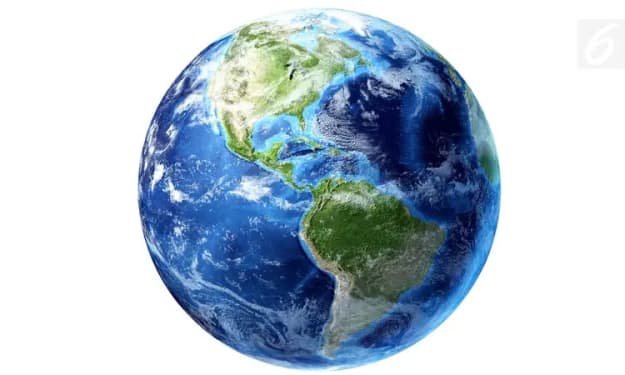What are the most significant geological features of the Earth, and how were they formed?
Most significant features of earth

The Earth is a dynamic and ever-changing planet with a rich geological history. It is home to a diverse range of geological features, including mountains, volcanoes, canyons, and glaciers, each with its own unique formation story. In this article, we will explore some of the most significant geological features of the Earth and how they were formed.
Mountains
Mountains are one of the most prominent geological features on the Earth's surface. They are formed by tectonic activity, which occurs when the Earth's crust moves and shifts due to the movement of tectonic plates. When two plates collide, one plate is forced underneath the other, and the pressure and heat generated by this process cause the crust to buckle and form mountains.
One of the most famous mountain ranges in the world is the Himalayas, which were formed by the collision of the Indian and Eurasian tectonic plates. The Himalayas are the highest mountain range in the world, with Mount Everest, the highest peak on Earth, located in this range.
Volcanoes
Volcanoes are another significant geological feature of the Earth. They are formed by the movement of tectonic plates, which causes magma to rise to the Earth's surface. When this magma reaches the surface, it erupts, spewing ash, lava, and gases into the atmosphere.
Volcanoes can have a range of impacts on the environment and human populations. They can cause significant damage to infrastructure, lead to the displacement of communities, and impact agriculture and other industries.
One of the most famous volcanic features in the world is the Yellowstone Caldera, located in Yellowstone National Park in the United States. The caldera is a large volcanic crater that is home to a range of geothermal features, including geysers, hot springs, and mud pots.
Canyons
Canyons are deep, narrow valleys that are often formed by the erosion of rock over time. They can be formed by a range of processes, including water erosion, glacial activity, and tectonic activity.
The Grand Canyon in the United States is one of the most famous canyons in the world. It is a massive, 277-mile long canyon that was formed by the erosion of the Colorado River over millions of years. The Grand Canyon is a popular tourist destination and is known for its stunning views and unique geological formations.
Glaciers
Glaciers are large masses of ice that move slowly over time, shaping the land beneath them. They are formed when snow accumulates in an area over time and compacts into ice. Glaciers can have a significant impact on the Earth's climate and hydrology.
One of the most famous glaciers in the world is the Perito Moreno Glacier in Argentina. This glacier is located in the Southern Patagonian Ice Field and is known for its stunning blue color and unique formation patterns.
Caves
Caves are underground formations that are formed by the erosion of rock over time. They can be formed by a range of processes, including water erosion and chemical weathering.
The Mammoth Cave System in Kentucky, United States, is the longest cave system in the world, with over 400 miles of mapped passageways. The cave system was formed over millions of years by the erosion of limestone rock by underground rivers.
In conclusion, the Earth is home to a diverse range of geological features, each with its own unique formation story. Mountains, volcanoes, canyons, glaciers, and caves are just a few of the significant geological features that shape our planet. These features are formed by a range of natural processes, including tectonic activity, erosion, and weathering. Understanding the formation of these features is essential for understanding the Earth's geological history and the impact of geological processes on our planet.





Comments
There are no comments for this story
Be the first to respond and start the conversation.